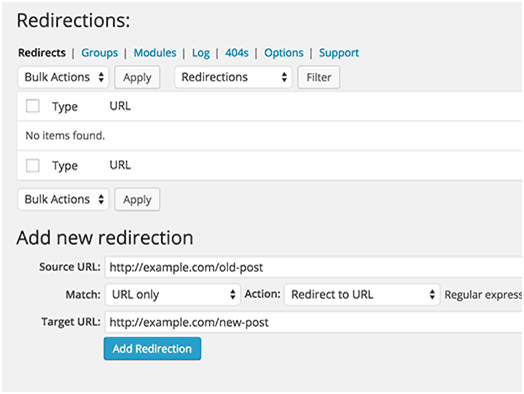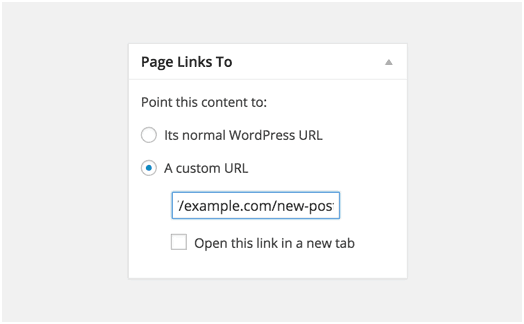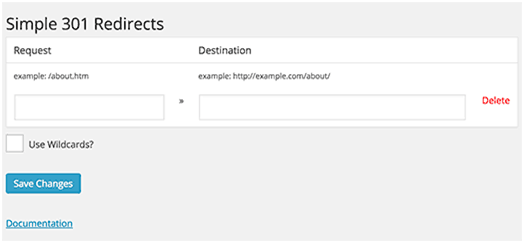Are you not able to redirect pages in WordPress? You must know the importance of redirection in WordPress. There are many reasons why you would redirect a page. Redirection is necessary for many website owners when they change their URL structure or alter the post of website. In this article, we will understand the redirect and cover how to do in WordPress.

What is Redirection in Actual?
Redirect sends the quick message to the reader’s browser of your website that the page has been moved which they want to visit. In result, the browser will automatically make them display on the new page of your choice. There are many types of redirects such as 301 redirect, 302 redirect and 307 redirect etc.
But, we will discuss 301 redirect in detail as it is the most important redirect. Let us talk about its importance.
Importance of 301 Permanent Redirect in WordPress
As I mentioned above that you need to point the user to a new page when you have moved the page of your website to new destination and this is one of the reason to use 301 redirects.
Whenever you are thinking of deleting a web page/post to attain new content on your site, you need to redirect it to a new page. There is also need to add redirection before changing the permalinks of your page.
Why you need to make WordPress page redirect?
Because if you don’t create, you will get a 404 not found error that’s not only bad for the users of your website but also impacts the SEO of your website. So, you can yourself guess it out how useful 301 redirect is.
Even surprisingly, it allows you to convey message to the search engine as well as user’s browser that the page the user is trying to reach has been moved permanently to a new location. Not only this, it also allows for old page traffic and backlink (SEO) strengths to get transferred on a new page.
Now, it’s time to know that how you can create 301 redirects in the WordPress with the use of different methods.
How to Setup a 301 Redirect in WordPress
You know the easier approach to create and manage 301 redirects is using the WordPress redirect plugins. You can easily setup redirects without even writing a single line of code.
- Redirection
Just with the help of plugin, you can add and manage redirects in WordPress. You need to install and activate the plugin.

Once you have activated the plugin, visit the Tools >> Redirection to setup the redirects as you can see in the above screenshot.
It not only helps you to make the redirects, even it helps you to find out 404 errors on the website. You can fix those error accordingly while redirecting them to the appropriate destination.
- Page Links
Sometimes, what actually happen you want to keep the particular page but redirects it to another page. Here the page links come in use. This is one of the simple plugin which adds Meta box on the post edit screen of your website where you would enter the new location’s address so that you can send your users there.

- Simple 301 Redirects
The next plugin which is easy to use is Simple 301 redirects. You can simply install and activate the plugin. After activating, visit Settings >> 301 redirects to add the URLs of your website

It has minor performance setback while setting up the redirect using plugin. It may be a bit slower in redirecting by some microseconds.
If you want to make the redirection faster than you can do it by using code method in .htaccess file.
- Redirecting using .htaccess
Don’t make any mistake in the code of your .htaccess otherwise it can immediately create Internal Server error 500. So, it would be better to have a backup of your .htaccess file. Connect with your .htaccess file using FTP client and open it in a plain text editor such as Notepad. The following is a simple redirect where you can send the user who is visiting an old post to new post.
Rewrite Engine On
Redirect 301 /an-old-post/http://yourwebsite.com/a-new-post/
Add this code at the end of your .htaccess file.
Conclusion
So, I have provided all the methods to create redirects on WordPress website. If plugins works a bit slow then you can use .htaccess redirect WordPress. I think this is enough helpful for redirecting, instead if in case you get any error comment below.


Comments are closed.